The history of women's underwear: what was hidden under the tunics and skirts of fashionistas of different eras
By Pictolic https://pictolic.com/article/the-history-of-womens-underwear-what-was-hidden-under-the-tunics-and-skirts-of-fashionistas-of-different-eras.htmlToday, it is difficult to imagine a women's wardrobe without beautiful and comfortable underwear. But all these delights of civilization are achievements of the last 100-150 years. Everything that happened before is at least surprising, and at most — horror. For centuries, women's underwear looked more like instruments of torture than objects of ladies' decoration.
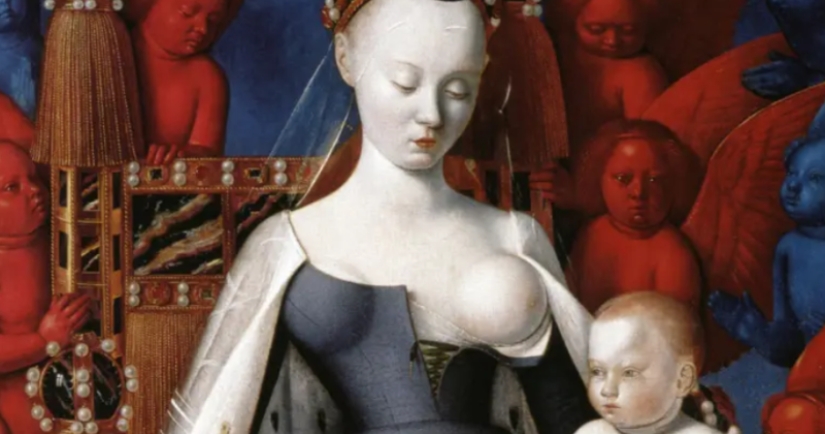
It is generally believed that the history of women's underwear began in ancient Hellas. Greek women were not particularly fastidious and used ordinary fabric ribbons to support their breasts. They tied up the chest, lifting it, and put a chiton on top. A little later, a small bust came into fashion and, on the contrary, they tied up the chest with ribbons in order to visually reduce it.

A serious breakthrough in the linen industry at that time was made by the inhabitants of Ancient Rome. There they began to use wide ribbons equipped with special ribbons-ties. They were called stanzas and by all signs they can be considered the ancestors of corsets.
Corsets themselves in their creepy classical design appeared in the Middle Ages. Times were harsh, so this underwear was made of iron and wood. For new clothes, the ladies had to turn to blacksmiths and locksmiths, who, in between the manufacture of knight's armor and halberds, forged and assembled ladies' things on rivets and bolts.
Only ladies of high society tortured themselves with corsets — women from the people did not understand this, and could not afford it even if they wanted to — it was incredibly expensive. In aristocratic families, the corset reigned everywhere — in order to protect girls from breast development, which is more inherent in peasant women, they were even put to bed in "armor" made of iron and slats. Sometimes the corset was supplemented with lead plates that squeezed the tender girlish breasts all night.

But wearing a corset was still half the trouble. Many medieval ladies also tightened their waists, sometimes up to 25 cm! One can imagine what happened to the internal organs during such a procedure, but beauty even then required sacrifices. The beauty could not wash for 5-6 years, but it was impossible to appear in public without a wasp waist.
Lovers of corsets were prone to sudden fainting spells, which were explained by a subtle mental organization. But we know that in order not to faint with such a harness around the chest and waist, you need to try hard. So nervous shocks have nothing to do with it.
The saddest thing is that corsets were worn even during pregnancy. This caused abnormal fetal development and contributed to the high mortality of women in labor. The weakened muscles could not push the child out, but God's will was for everything and no one even thought to blame dangerous female tricks for any problems.
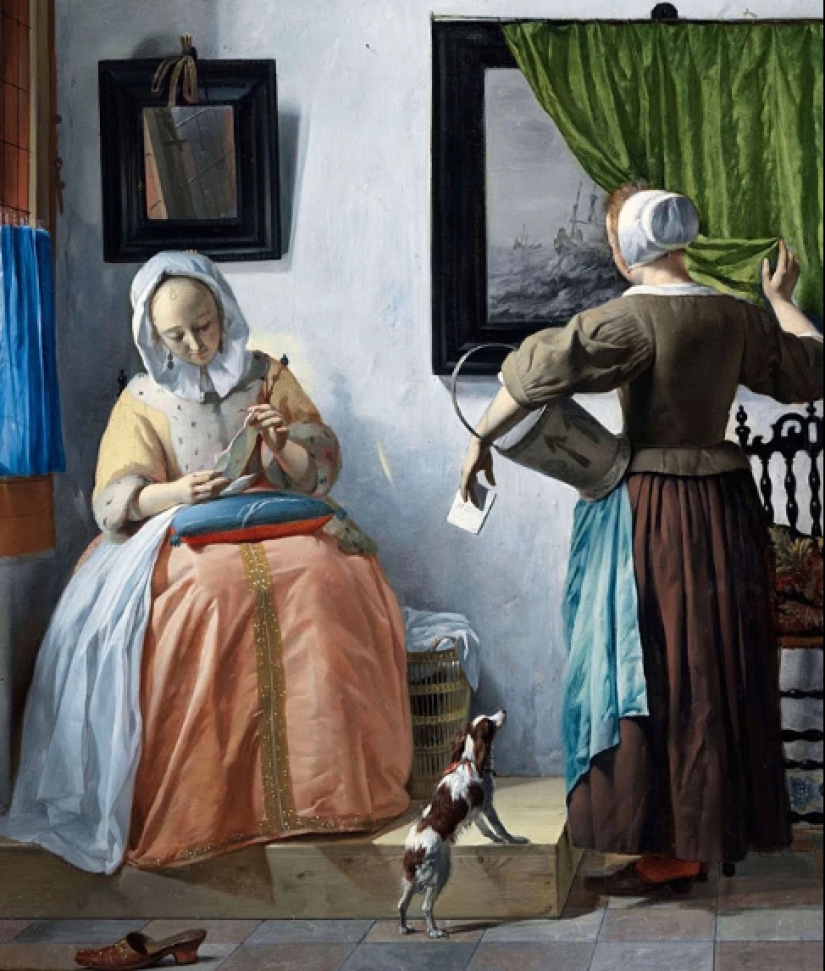
In the 17th century, progress touched many branches of human activity, including the production of women's underwear. Massive iron bands were no longer used for the manufacture of corsets — they were replaced with a whale's whisker, flexible and thin. The girls did not faint less often, but it became much easier for them to move and lie down.
In the middle of the 17th century, a novelty appeared in the women's underwear wardrobe — pantaloons. They did not carry any aesthetic load at all, their hygienic purpose was also questionable, but they warmed well in cold and windy weather. Until the beginning of the 19th century, they were not very popular, but then they became the most important subject for women for almost a hundred years.
Special requirements were put forward for pantaloons — for a decent woman, they had to be exclusively white, since colored women were traditionally worn by ladies of easy virtue. But pantaloons could be decorated with lace, in any quantity.
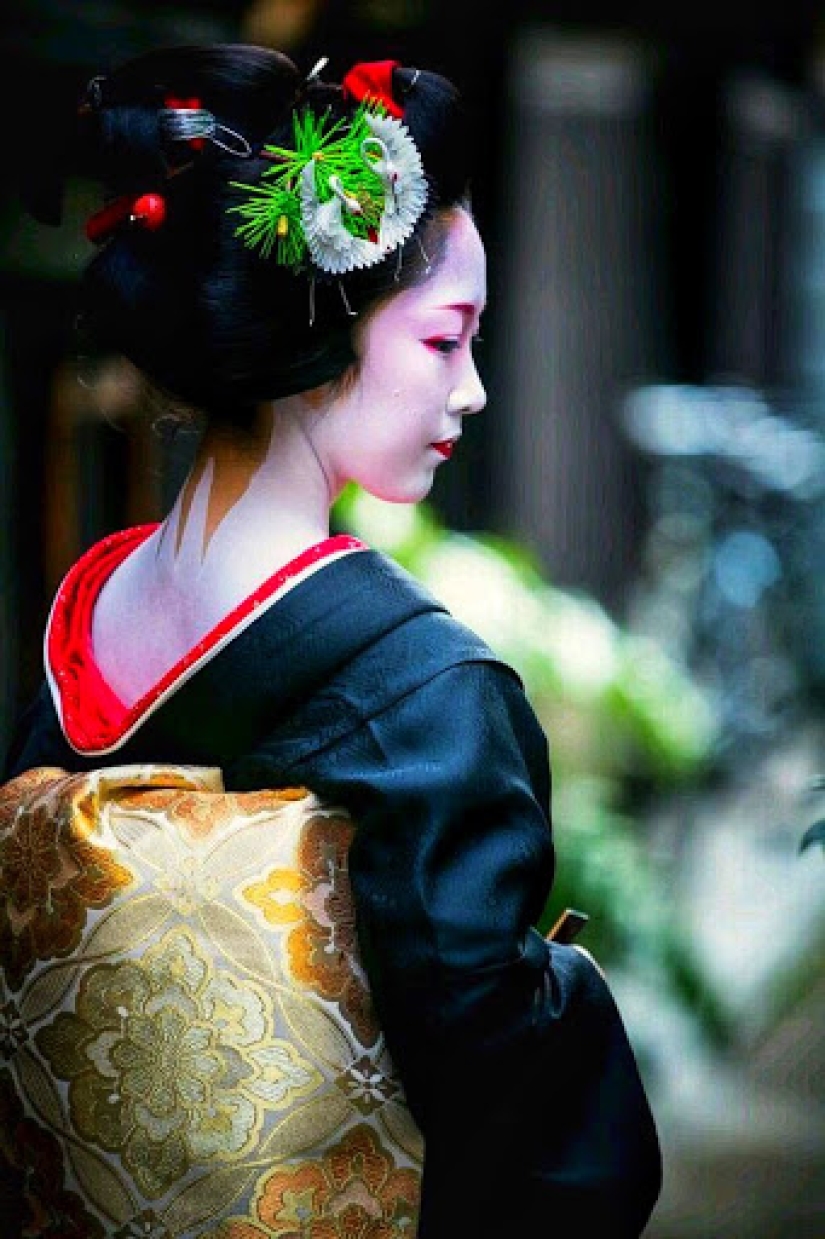
Pantaloons were just one of the items of everyday women's underwear. Every morning, a lady who lived in the 18th and 19th century was forced to undergo a long and painstaking dressing procedure. She had to pull on stockings, pantaloons, a chemise, a corset, a petticoat and a blouse.
In conclusion, a special pillow was suspended from behind — a turnure. She gave the fifth point of the fashionista splendor. Only after that came the turn of the dress, which the ladies of high society often pulled on with the involvement of one or two maids.
As for corsets, they reigned in women's fashion until the beginning of the 20th century. There were even societies of women who fought against this relic of the past, who organized mass actions and pickets near ladies' salons and corset workshops.
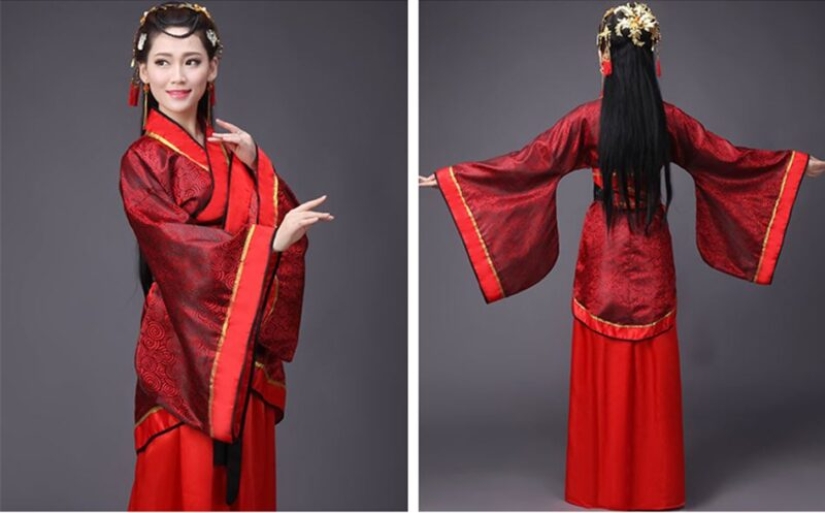
But everything began to change after the invention of the bra in 1903 by a woman doctor Gauche Saro from the Paris Medical Academy. The inventor did not have to think too long — she simply cut the corset across, leaving the upper part to support the chest, and the lower one, lowering it down, and forcing it to fit tightly around the hips.
This style was used until 1922, when Ida Rosenthal, an emigrant from Russia, perfected this type of underwear. She simplified the design, leaving two cups connected to each other. Rosenthal and her husband opened the first factory in the world that produced bras in the form we are used to.
It was Ida Rosenthal who first proposed size tables and hook fasteners that have become classics, which have not lost their relevance to this day. After that, the imagination of the creators of underwear could not be held. In the 50s, when lush high breasts came into fashion, some companies even produced bras with inflatable cups.

But inflatable models were not in demand — few people wanted to mess with tubes and constantly expect embarrassment associated with air leakage. Foam inserts — "fish", which remained on the underwear market for many decades, replaced the "swindle".
In 1939, Wonderbra bras were patented in Canada, lifting the breasts and visually adding volume to it. But this promising novelty got to Europe only in the 1960s. Around the same time, a permanent push-up appeared, which recently turned 50 years old.
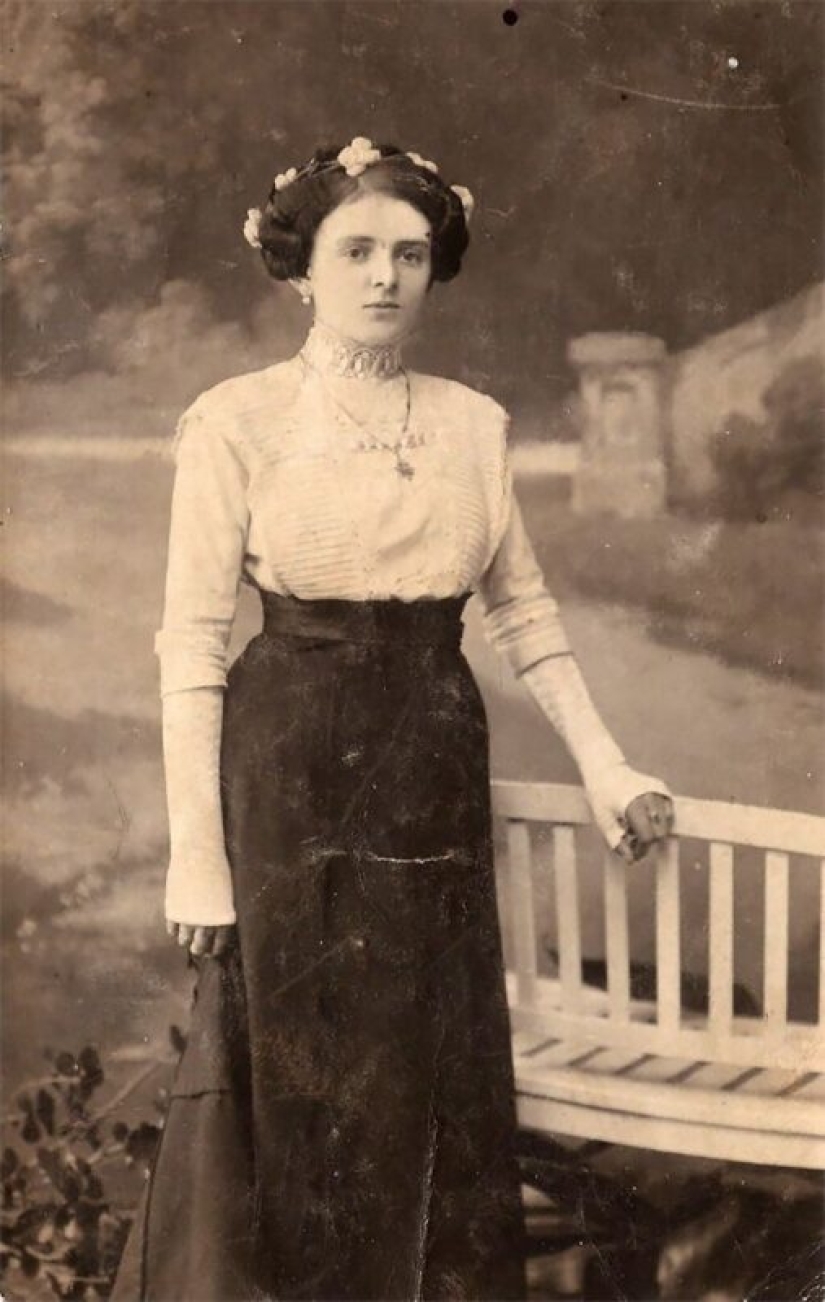
There have been other attempts to modernize bras, with many initiatives coming from men. For example, in 1949, a certain Charles Langs patented a special design of a strapless bra, the cups of which were simply glued to the body. Then its development did not find support, but in the 2000s such products were actively sold.
Recent articles

More than 1,500 amateur photographers sent their wonderful pictures of large and small animals to the competition, and the jury ...

It just so happened that the kings of France were not in good standing with the people. The monarchs had a reputation as ...

Today, vitiligo is a common occurrence. Of course, people with this disease stand out externally, but they are only given special ...